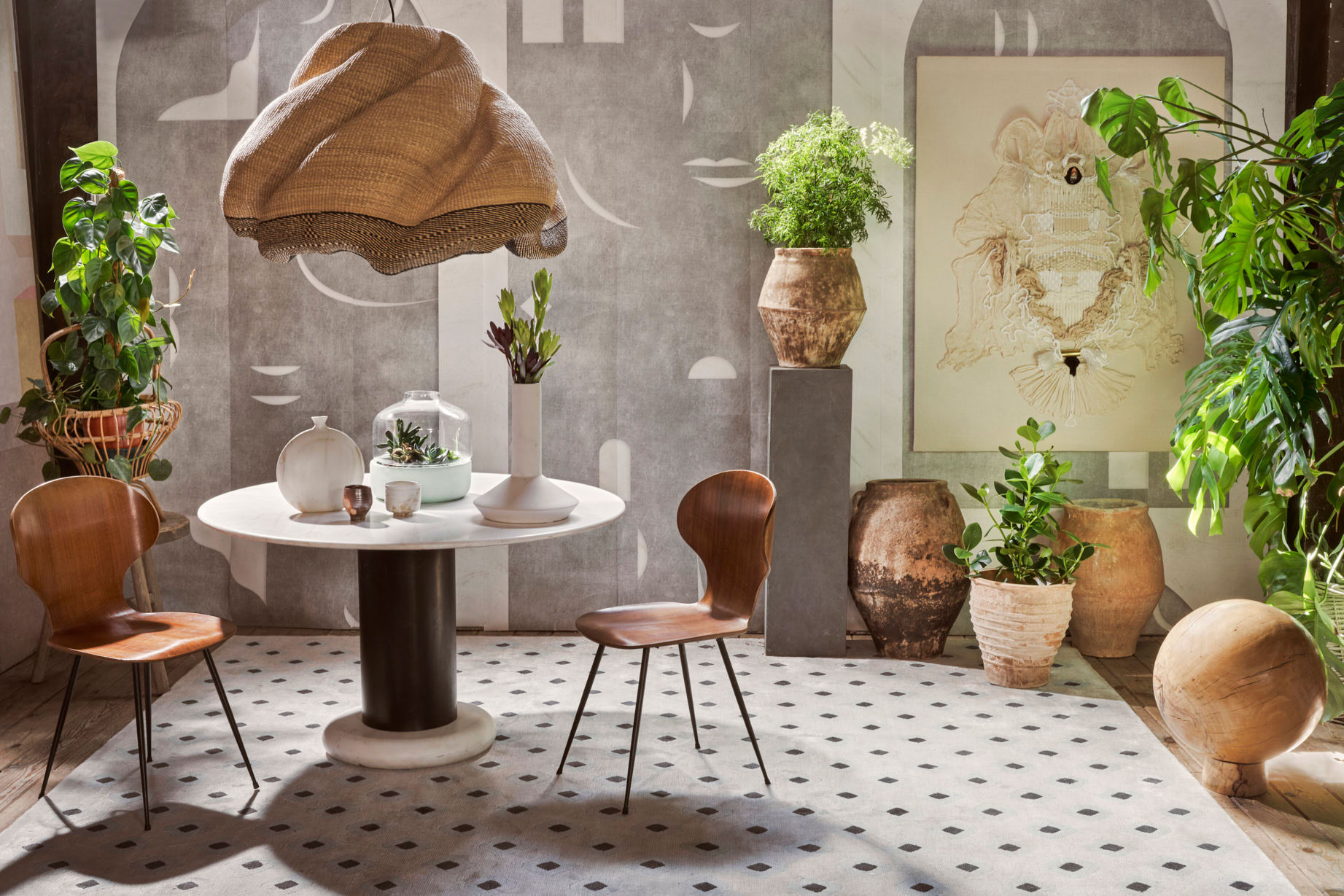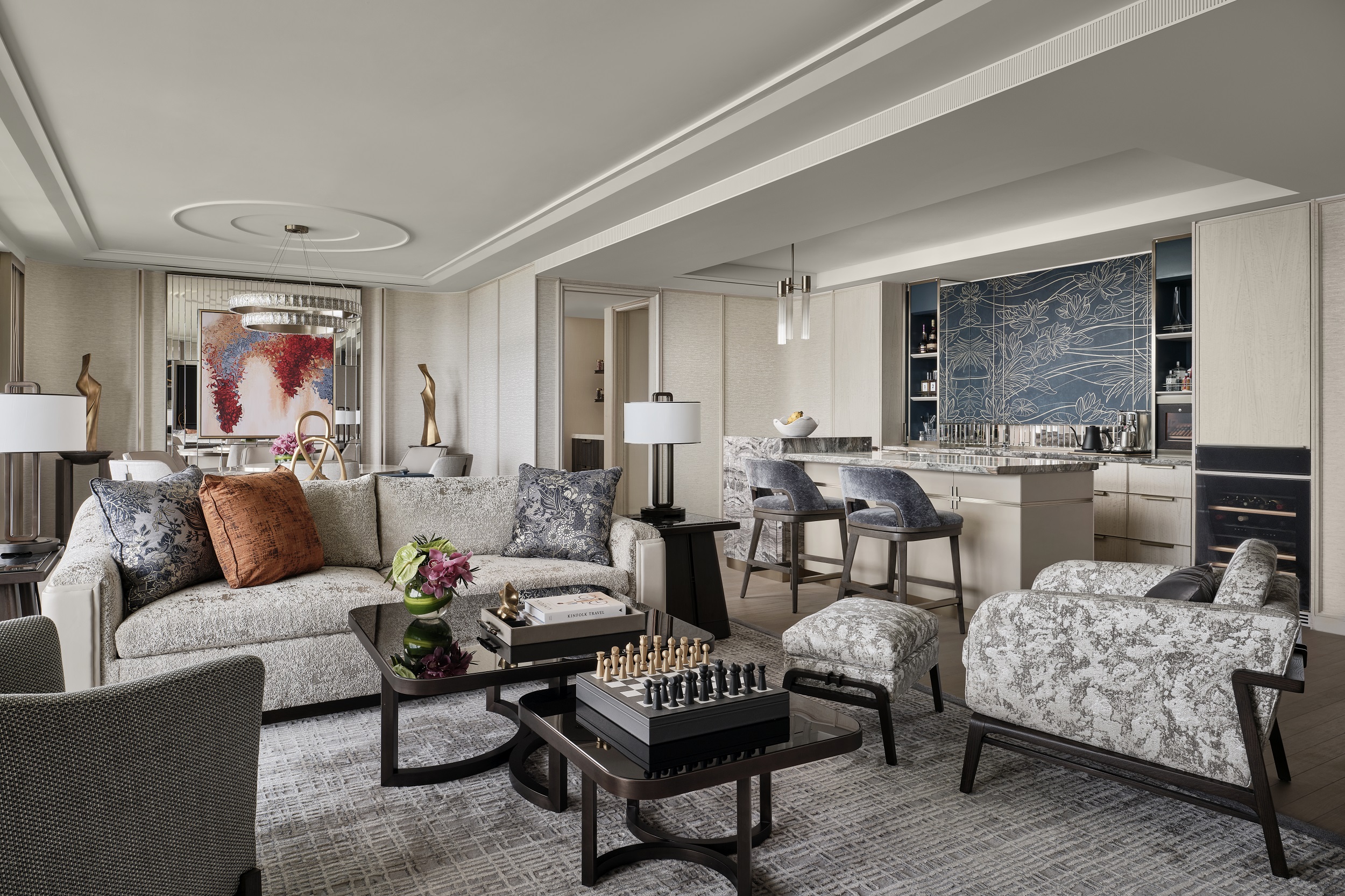Global travel trends 2025 are reshaping the landscape of luxury hospitality, and interior design is playing a pivotal role in this transformation. As international travelers seek immersive experiences that go beyond just a comfortable stay, luxury hotels and resorts are reimagining their interiors to create spaces that are not only visually stunning but also deeply functional and culturally resonant.
A New Era in Luxury Hospitality
In 2025, the concept of luxury hospitality has evolved significantly. No longer is it solely defined by opulent furnishings and high-end amenities; today, it is about creating holistic environments that cater to the emotional and sensory needs of travelers. This evolution is largely driven by a blend of innovative interior design, sustainable practices, and the integration of smart technology. Hotels and resorts around the world are embracing these trends, offering guests an experience that is both luxurious and deeply personalized.
Key Interior Design Trends Shaping Luxury Hospitality
1. Sustainability at the Forefront
Modern travelers are increasingly environmentally conscious, and they expect the same from the places where they stay. In response, luxury hotels are adopting sustainable interior design practices that emphasize eco-friendly materials, energy-efficient systems, and green spaces. Recycled woods, reclaimed metals, and organic textiles are being used to create interiors that are both elegant and responsible. These eco-friendly choices not only reduce the environmental impact but also add a natural warmth and authenticity to the space.

2. Integration of Smart Technologies
The future of luxury hospitality is closely linked to technological innovation. Smart home systems, AI-driven room controls, and integrated multimedia solutions are becoming standard features in upscale properties. Imagine walking into a hotel room where lighting, temperature, and even artwork adjust automatically based on your preferences. These smart technologies enhance guest comfort, streamline operations, and create a seamless, immersive experience that blends digital convenience with traditional luxury.

3. Cultural and Local Influences
A growing trend in luxury hospitality is the incorporation of local cultural elements into interior design. Guests are eager to experience the authentic spirit of the destination, and hotels are responding by integrating indigenous art, locally sourced materials, and traditional design motifs. Whether it’s the vibrant colors of a Mediterranean villa or the minimalist elegance of a Scandinavian retreat, these cultural touches add a layer of depth and uniqueness to each property, making every stay a journey into the local heritage.

4. Flexible and Adaptive Spaces
In today’s fast-paced world, flexibility is key. Luxury interiors are being designed to adapt to a variety of needs—from intimate meetings to large social gatherings. Open-plan layouts, modular furniture, and multi-functional spaces allow hotels to transform their environments effortlessly, providing guests with versatile spaces that can be customized to suit any occasion. This adaptive design philosophy not only maximizes functionality but also ensures that the property remains dynamic and relevant in a rapidly changing market.

5. Emphasis on Wellness and Well-being
Wellness is an integral part of the modern travel experience. Luxury hotels are increasingly focusing on creating interiors that promote relaxation and well-being. This trend is evident in the design of spa-like bathrooms, meditation areas, and rooms that incorporate biophilic design elements. Natural light, indoor gardens, and calming color palettes work together to create environments that soothe the senses and rejuvenate the mind and body.

Global Perspectives: Examples of Innovation
Consider some of the world’s most innovative properties. In Dubai, hotels are pushing the envelope with futuristic interiors that combine sustainable materials with cutting-edge technology. In New York, boutique hotels are blending modern minimalism with artistic touches that reflect the city’s vibrant cultural scene. Meanwhile, resorts in Southeast Asia are incorporating natural elements and local craftsmanship to create immersive, tranquil escapes.
The Impact on Guest Experience
When interior design aligns with global travel trends, the guest experience is transformed. Travelers today are not just looking for a place to sleep—they want an experience that is memorable, inspiring, and reflective of their values. Thoughtfully designed interiors can evoke emotions, stimulate creativity, and foster a sense of belonging, making guests feel truly at home, even when they are far from it.
Final Thoughts
The evolution of luxury hospitality in 2025 is a testament to the power of interior design. By embracing sustainability, smart technology, cultural authenticity, adaptive spaces, and wellness-focused elements, properties around the world are redefining what it means to offer luxury. Global travel trends are not only influencing how we design spaces—they are transforming the way we experience travel itself. As the industry continues to innovate, interior design will remain at the heart of this transformation, ensuring that every guest’s stay is a harmonious blend of beauty, functionality, and cultural enrichment.
Why Nolita Harbour?
At Nolita Harbour, we specialize in premium furniture and timeless design inspiration. Our collections celebrate craftsmanship, natural materials, and sophisticated finishes to help you curate an elegant, well-styled home. Explore our collection today and bring refined beauty into your space